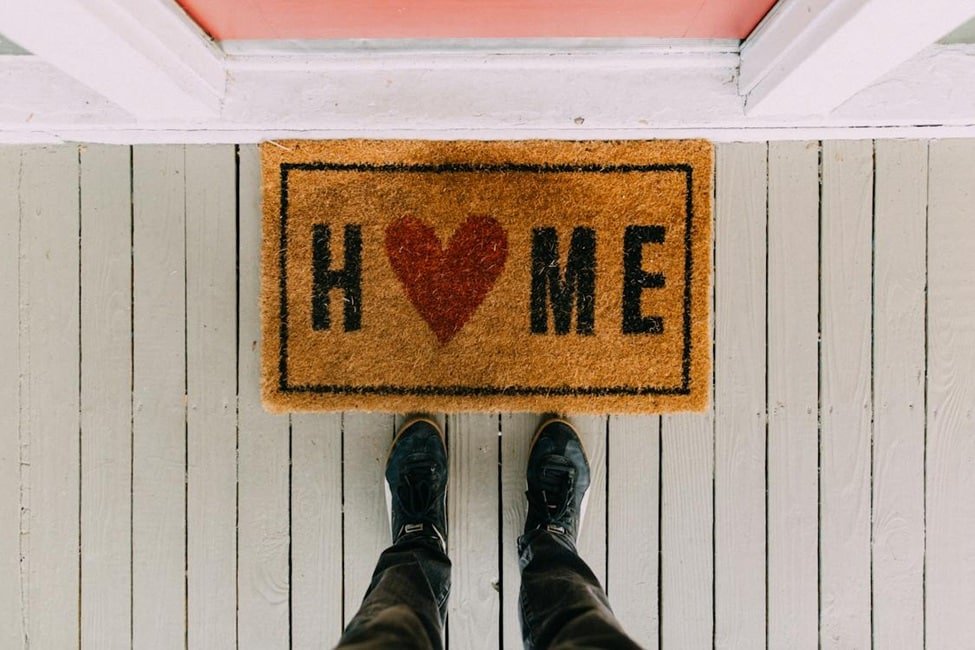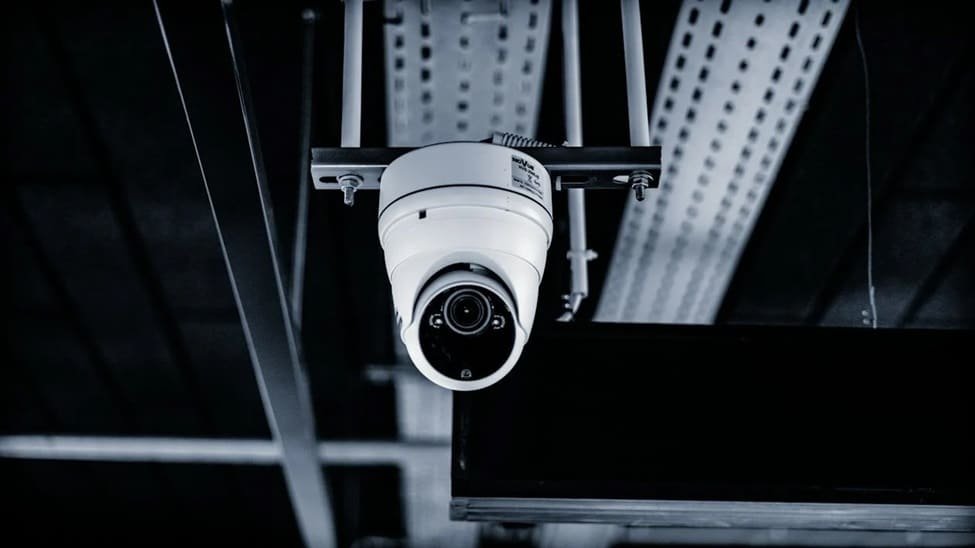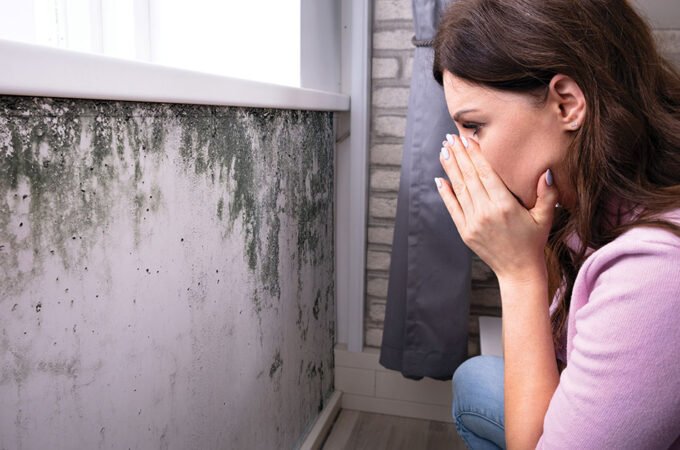
Top 7 Home Safety Checklist To Make Your Home Safer
In an era where safety and security are paramount, the sanctity of our homes is not something to be taken lightly. A safe home is not just a shelter; it’s a haven, where worries about the external world fade away the moment you step through the door. Achieving this level of security doesn’t come by chance but through diligent effort and the implementation of strategic safety measures. Among these, secure central station monitoring stands out as a pivotal first step, offering a layer of protection that is both proactive and responsive.

This service ensures that your home is under constant surveillance, not just for burglaries but for fires, medical emergencies, and more, guaranteeing that help is always on the way when you need it most. But beyond monitoring, there are additional steps every homeowner should take to fortify their home against risks. Let’s explore the top 7 home safety checklist items to make your home safer for you and your loved ones.
Table of Contents
Toggle1. Fire Safety Measures
Fire safety tops the list for a good reason. A tiny spark can lead to a devastating blaze, risking lives and property. Ensure your home has smoke detectors in key areas, including the kitchen, bedrooms, and hallways. Test these alarms monthly and replace batteries annually. Additionally, having fire extinguishers accessible on each floor and in the kitchen and knowing how to use them can make a significant difference in an emergency. Plan and practice fire escape routes with all household members so everyone knows what to do if an alarm sounds.
2. Carbon Monoxide (CO) Detection
Carbon monoxide is a silent killer, odorless, and invisible, making it essential to have CO detectors installed near bedrooms and living areas. Like smoke alarms, these detectors should be tested regularly to ensure they function correctly. Prevent CO buildup by ensuring all fuel-burning appliances are adequately vented and never run cars or grills in enclosed spaces.
3. Childproofing and Elder Safety
If your home is multi-generational, with young children and elderly family members, safety measures must cater to their specific needs. Childproofing involves securing cabinets, using safety gates, covering electrical outlets, and ensuring small objects are out of reach to prevent choking hazards. For elder safety, consider installing grab bars in the bathroom, providing the home is well-lit to avoid falls and removing tripping hazards such as loose rugs.
4. Secure Doors and Windows
To deter intruders, all exterior doors should have strong locks, preferably deadbolts. Sliding doors can be secured with a metal rod or a wooden dowel in the track to prevent them from being forced open. Windows should also have locks, and consider using window security film to make them more challenging to break. Security systems, whether monitored by a central station or self-monitored, add a layer of protection and often deter would-be burglars.
5. Water Safety and Flood Prevention
Water damage can be as devastating as a fire from external flooding or internal leaks. Install water sensors in areas prone to leaks, such as under sinks and near water heaters, to alert you to problems before they become disasters. Regularly check pipes for signs of wear and tear and know how to shut off your home’s main water supply in case of a burst pipe.
6. Electrical Safety
Overloaded electrical circuits are a common cause of house fires. Ensure your home’s electrical system is up to code and outlets are not blocked. Surge protectors can protect electronics, and GFCI (Ground Fault Circuit Interrupter) outlets in kitchens and bathrooms can prevent electrocution. Regular inspections by a qualified electrician can catch and mitigate risks before they lead to problems.
7. Emergency Preparedness
Lastly, being prepared for emergencies, whether natural disasters or unexpected situations, is key. Keep a well-stocked emergency kit that includes water, non-perishable food, a first-aid kit, flashlights, batteries, and important documents. Have a family emergency plan providing communication strategies and meeting points outside the home.
Conclusion
Making your home safer is an ongoing process, not a one-time effort. By following this comprehensive safety checklist, you can significantly reduce the risks that threaten the sanctity of your home. From implementing secure central station monitoring to addressing fire safety, carbon monoxide detection, and more, each step you take moves towards a safer, more secure home. Remember, the goal is to protect your property and create a safe environment where your family can live, grow, and thrive without fear. Safety is a priceless peace of mind, and by taking these steps, you invest in the well-being of those you hold dear.






